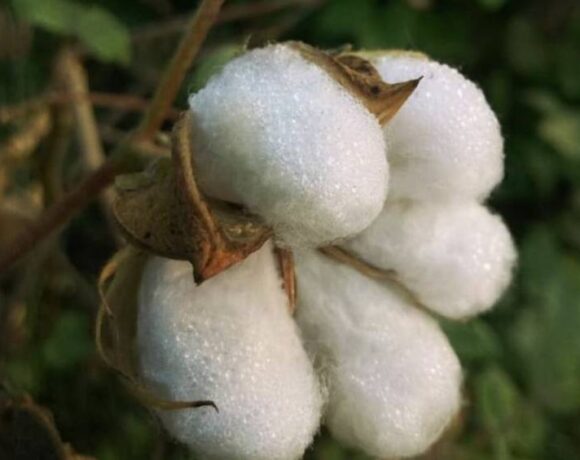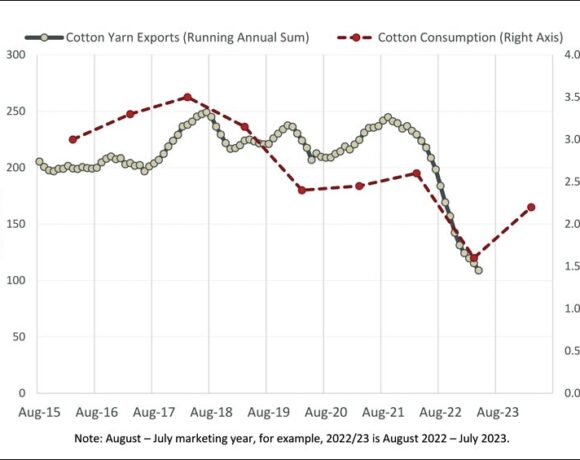Cotton – The Lifeline Of India

Although in the past two decades man-made fibre has progressed and even gained a larger share in the total annual global consumption of fibre, the rising interest in sustainability is bringing cotton back into the forefront as the most popular fibre, says Dr. P. Alli Rani
In this competitive world, every country aspires to become global leader in one field or the other, be it in sport, art, industry, architecture, agriculture, etc., But not all countries are able to make it to the lead position in a sector by beating the developed nations due to the inherent weaknesses like poor governance, lack of natural resources, lack of infrastructure, low level of technology, etc. However sometimes developing countries emerge as leaders due to inherent strengths and wear the crown of being the global leader.
For example, India wears the crown of being the world leader in the production of seed cotton, the most popular fibre in the world. Cotton is perhaps the only product which every person in the world uses at every point of time and remains popular as the most versatile and comfortable fabric. It has existed across civilizations and has always been in great demand across the globe, whatever be the culture, climatic conditions or economic status of a country. Hence, cotton can be called the lifeline of the world, not merely of India, as no country can survive without the availability of cotton for its population.
Cotton has been a native agricultural product of India since the dawn of civilization and India is home to thousands of varieties of cotton. Cotton farming and cotton spinning and weaving has been part of the Indian economy since ancient times and Indian cotton had adorned the trousseau of European noble women and dominated world trade since the medieval times.
Even today, no country even comes close to India in the production of seed cotton in terms of volumes. This is in spite of the fact that cotton production in India still largely follows traditional practices and hardly embraces any modern technology. The Indian farmer, in spite of constraints such as lack of irrigation, technology, labour shortage and inclement weather, has kept the production of cotton going and has helped India retain its crown as the world’s largest producer.
Although in the past two decades man-made fibre has progressed and even gained a larger share in the total annual global consumption of fibre, the rising interest in sustainability is bringing cotton back into the forefront as the most popular fibre. Water consumption in seed cotton production remains a concern, but increasing investment in agricultural research towards developing better cotton seeds, which can bring down the dependency on large amounts of water, may help rejuvenate cotton as the most consumed fibre.
Hence, there is no doubt cotton is here to stay and India will continue to dominate the world market as the largest producer of cotton in times to come.
The Government of India has taken a major step in the direction of increasing the valuation of Indian cotton by launching the Indian brand of cotton, namely, “KASTURI”.
‘KASTURI’ can emerge as a competitor to GIZA and PIMA cotton, if the brand is promoted by all stakeholders. The parameters set for the KASTURI brand meet international standards and hence the international cotton customers are likely to increase the demand for the KASTURI brand. Since Indian cotton is available in large quantities throughout the year, the brand is set to achieve popularity, provided the KASTURI brand is produced in larger quantities. Our ginners have to equip themselves to face this challenge and those in the cotton trade should spread the word globally in order to make KASTURI a common and popular international brand.














